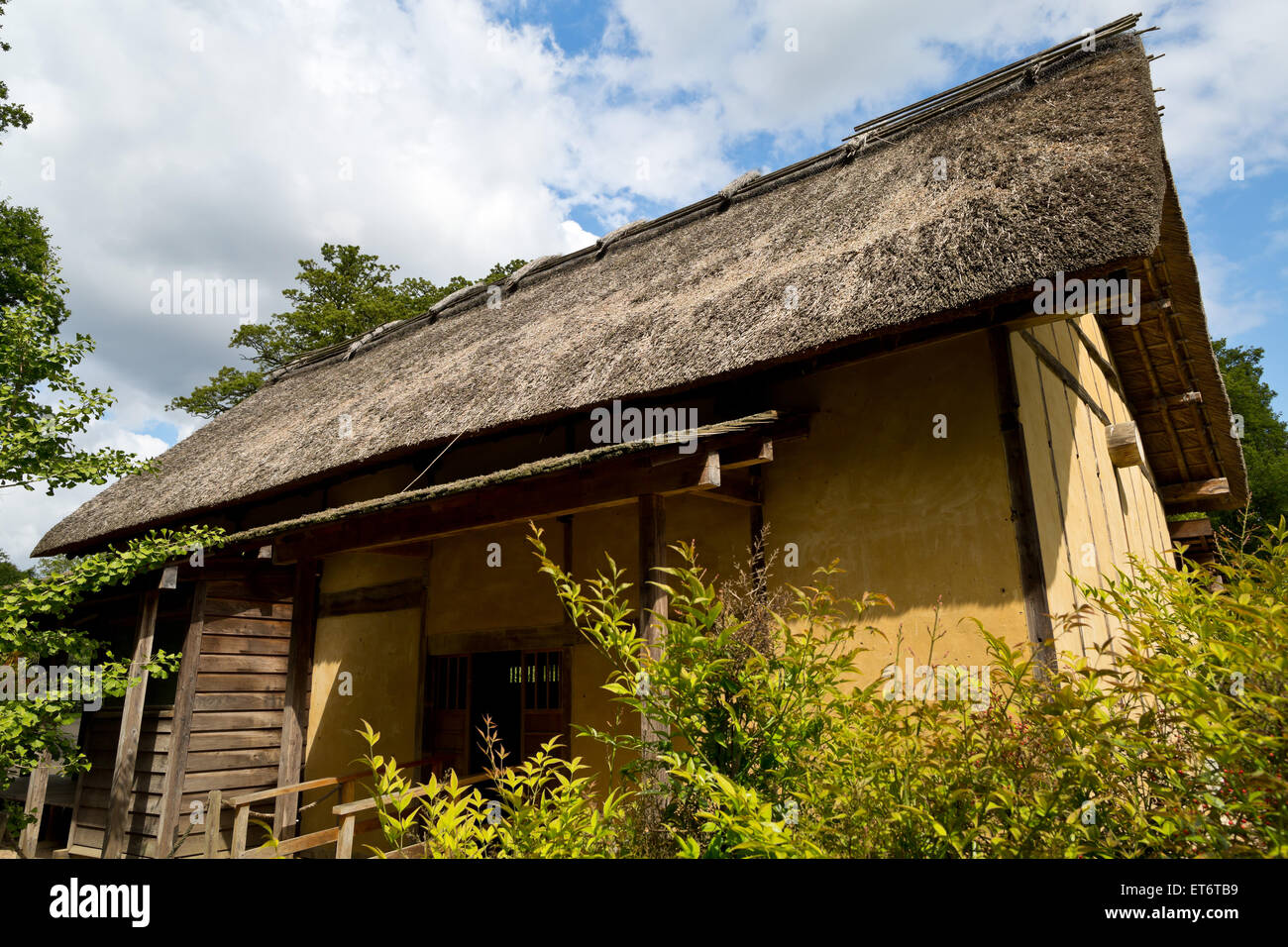Table Of Content

Bushes of the sacred bamboo (Nandina domestica ‘firepower’) are planted around the entrance, believed to dispel bad dreams. A treasured feature of Japanese heritage, many of these farmhouses have been preserved as historic landmarks. Along with Stanley’s minka, two international projects are underway. A small Japanese farmhouse was assembled at Musee de l’Homme in Paris for an exhibit next year.
A Kyoto Machiya
Is This a Housing Revolution for Aging Boomers? - Treehugger
Is This a Housing Revolution for Aging Boomers?.
Posted: Tue, 09 Jan 2018 08:00:00 GMT [source]
They prevent people from seeing through, but brighten up rooms by allowing light to pass. In modern Japanese-style houses they are often set in doors between panes of glass. With one variation, known as the “snow-viewing” or yukimi shōji, it is possible to slide up the lower section and look out through the glass. Minka can be small, starting around 1,000 square feet, but they have vast roofs. Their rugged posts and beams hold the load, allowing for flexible layouts inside, with sliding partitions that can carve up the space or throw it open. An earthen-floored entryway and work space lead to a raised living and dining area centered on a sunken hearth.
What is wabi sabi architecture?
Powerful posts and beams arch high overhead, supporting soaring roofs and spacious interiors that open to the garden. For some reason or another, ever since I was young, I’ve been drawn like a magnet to the various products of Japanese culture. What those products are have changed throughout time, whether it was films, or food, etc. Shōji are lighter than fusuma, with paper affixed to a wooden lattice.
Tatami Floors
You might not always find this porch-cum-entryway in this shape, but it’s predominant in traditional Japanese homes. The engawa/entryway is typically unmatted, where one can enjoy the outdoors, sans footwear. After learning about traditional Japanese homes, do you wish Japan still kept them as the common housing style? Maybe you were inspired by these houses and will add components of them in your own home. If you want to learn Japanese to make your life living here easier, Japan Switch offers helpful and affordable Japanese lessons that can set you on the right path to mastering the language. If you're interested in Japanese culture, you probably want to know about traditional Japanese homes.
A roku-hisashi is a simple set of eaves cantilevered straight out from the wall, with a flat underside and slightly sloping upper side. The udegi (crossarm) hisashi has a more steeply sloping roof supported by crossarm braces. The relationship between the interior and the garden is very important in traditional Japanese architecture. The gardens are design to be viewed from the low vantage point of a person seated in the room or on a tatami mat.
But due to its inherent qualities, you cannot sleep in the same positions as you would on a mattress. Sleeping on a tatami mat takes some getting used to, but in the end, it is better on your back. A tatami mat generally measures 36 inches by 72 inches, or 18 square feet, or “jo” in Japanese. So do not be surprised to see Japanese floor plans that indicate a room to be 10J.
In fact, the first users of MAGIC will be students at the University of Southern Indiana, which is seeking improved housing options for these young people. Anyone familiar with supportive housing for long-term care knows the name Bill Thomas. Dr. Bill Thomas, to be exact, has spent the past quarter-century working to humanize the nursing home experience.
Weaving such materials into a solid structural whole was a demonstration of the carpenter’s skill. Some traditional houses have been refurbished to include comforts common in modern homes or converted into ryokan or minshuku lodgings. For visitors to Japan, staying in an old-style accommodation is a good way to experience the traditional charms of the country. The hafu are the triangular end panels or sections, including the gable end wall and barge boards, and any decorative plates on the gable wall surface.
The shiki-i is the horizontal timber sill at the bottom of a door opening. Shiki-i is also the name given to the timber beam placed over the threshold of a gate or entrance, to separate the interior from the outside. The Japanese expression “shiki-i ga takai” (literally, “the threshold is high”) is a metaphor for a psychological barrier or sense of awkwardness in approaching someone. The irimoya roof (left) combines hips and gables into a single roof. This roof is a two-sided gable roof at the top, but changes into a four-sided hipped roof halfway down. The yosemune (hipped roof, centre) has four sides sloping down from the ridge to the eaves, and has no gables.

Homeowners may use it to display a hanging scroll or picture, accompanying these with an ikebana flower arrangement, kōro incense burner, or piece of pottery. There are even more features of Japanese traditional houses, 17 Classic features of Japanese Houses. Nowadays, in urban areas like Tokyo, houses have become more modernized but there are still many traditional structures remaining. In this article, you will become familiar with the variety of traditional Japanese houses, what they’re made of, and how you can have one like them yourself. The en-no-shita is a crawl space under the veranda or floor, created to provide ventilation and reduce humidity inside the house.

The modular abode integrates minka architecture, and the design echoes many of the same details found in this traditional style of Japanese housing. There’s also a koi pond, massive shoji screen walls and a floating chashitsu—or tearoom—across its 7,500 square feet. Minka (“people’s house”) are traditional Japanese country houses built with simple materials such as bamboo, earth, and straw. People will usually sit on the floor or on pillows; chairs and tables were not commonly used until the Western influence of the 20th century.

No comments:
Post a Comment